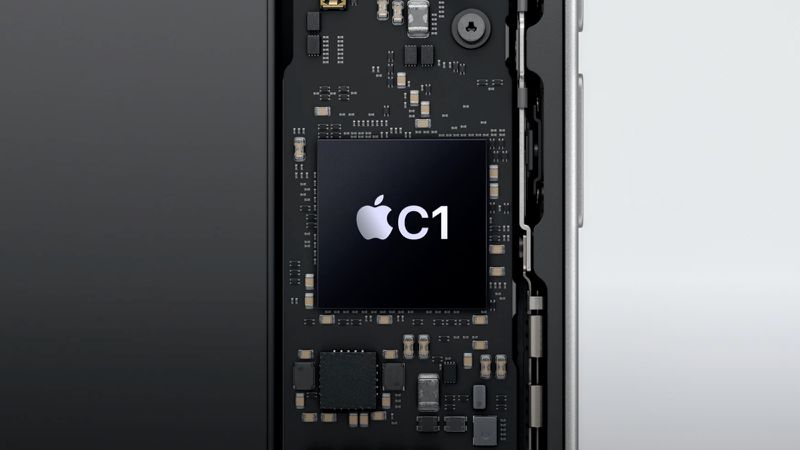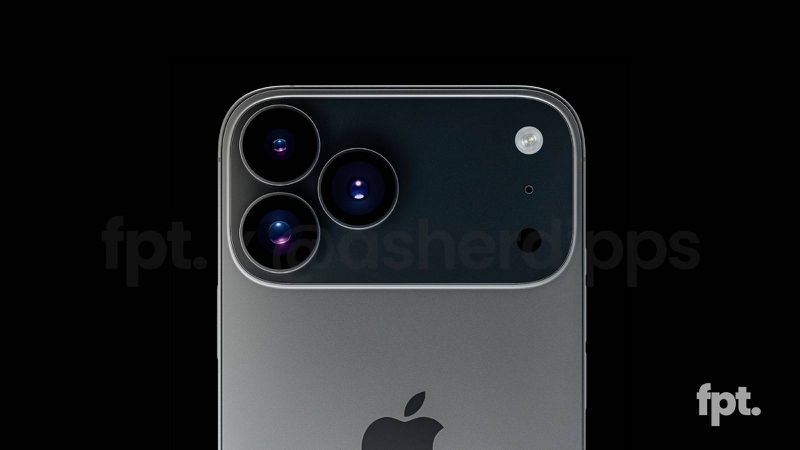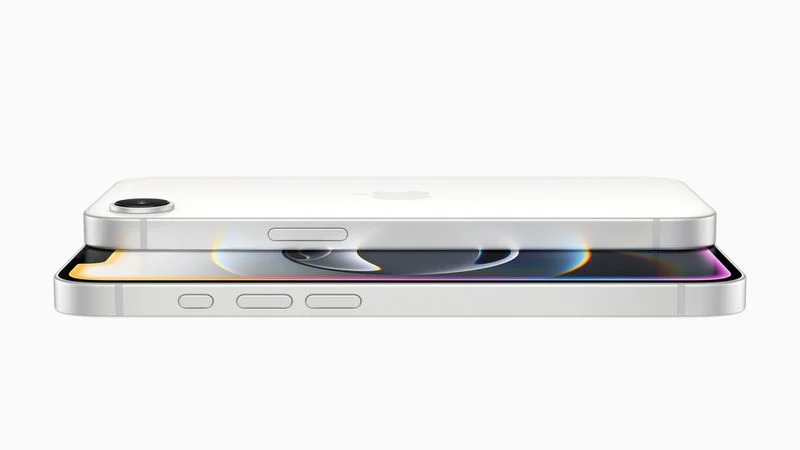Apple has added a handy new trick to iPhones with the “Critical Messages” feature in a recent iOS update. This lets apps send you super-important text messages (SMS) that stand out. It’s different from the Priority Notifications in iOS 18.4, which highlight alerts on your Lock Screen. Here’s the scoop on how it works.
A Special Text Feature with Strict Rules
In the last few months, Apple updated iPhones so app makers can send urgent SMS alerts. But don’t worry—this isn’t for random ads or junk. It’s only for really serious stuff. Apple explains it like this: the Critical Messaging tool lets apps send vital updates to specific phone numbers. For example, a company might use it to check on workers in risky or remote areas. If someone can’t unlock their phone or get a signal, the app can still send a safety update to a main office. Pretty cool, right?
To stop misuse, Apple has tough rules. Developers can’t send spam, phishing texts, or anything shady. The feature is locked down to keep your phone from buzzing with nonsense.
Don’t Expect Tons of These Texts
As a user, you probably won’t see these messages often. Like other critical alerts, they’re saved for rare, urgent moments—like a safety warning that can’t wait.
How to Turn It Off If You Want
Not a fan? You can stop these texts from apps you don’t like. Just head to your iPhone’s Settings, tap Privacy & Security, then find Critical Messages. You’ll see a list of apps that can send them. Switch off any you don’t trust—it’s that easy. This feature is all about keeping you safe or informed when it matters, without clogging your phone with junk. Simple, smart, and totally in your control!






